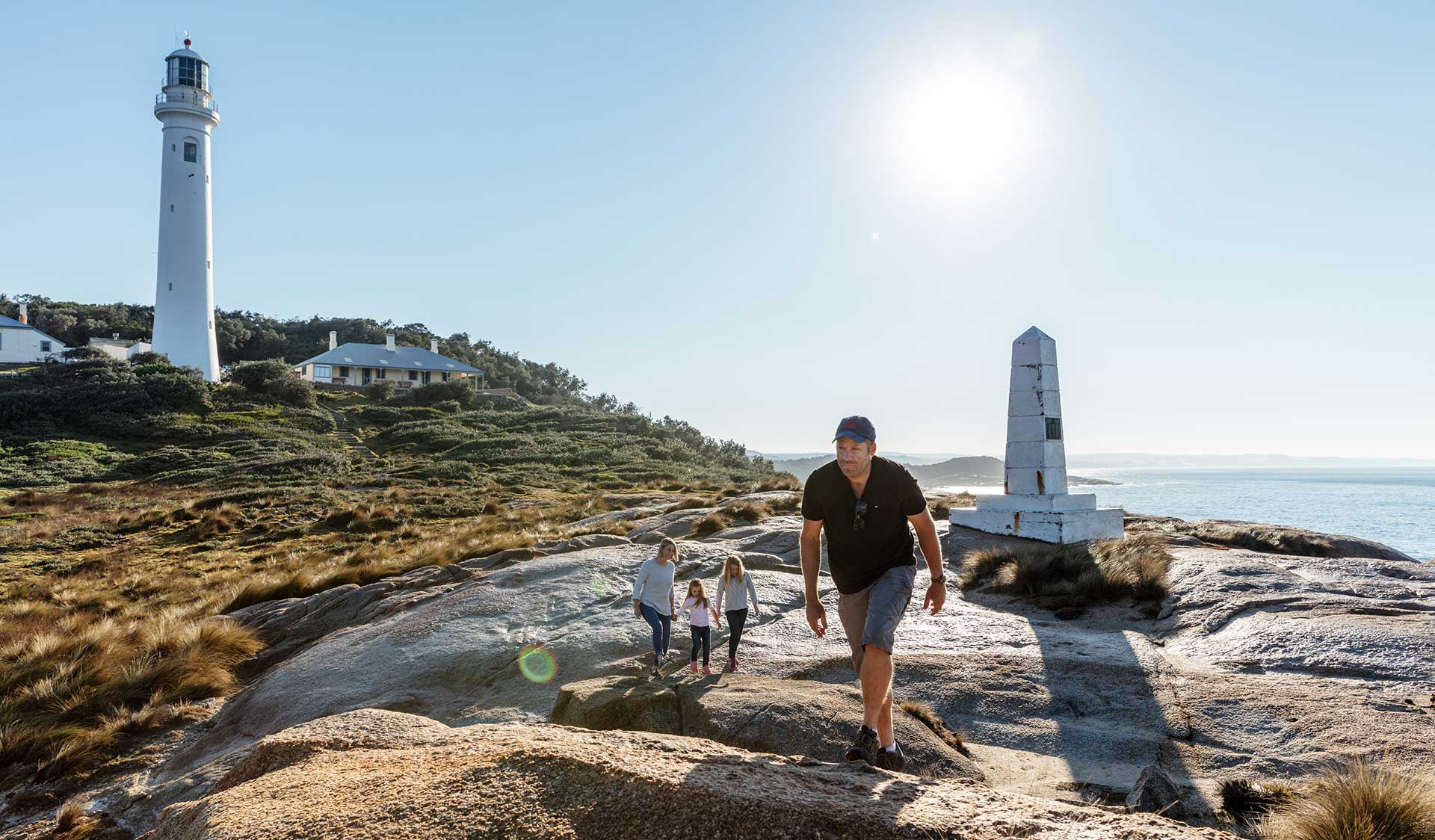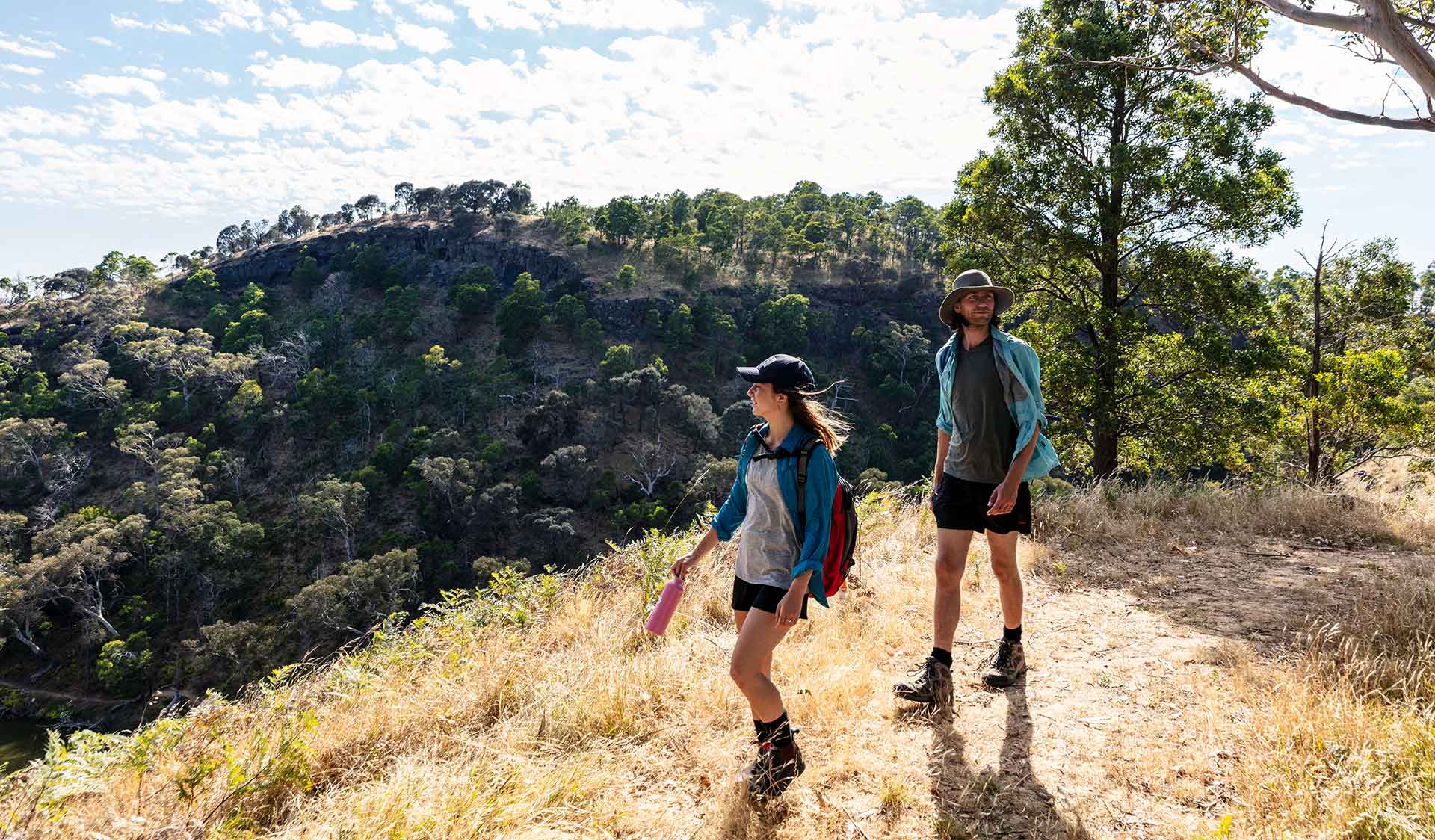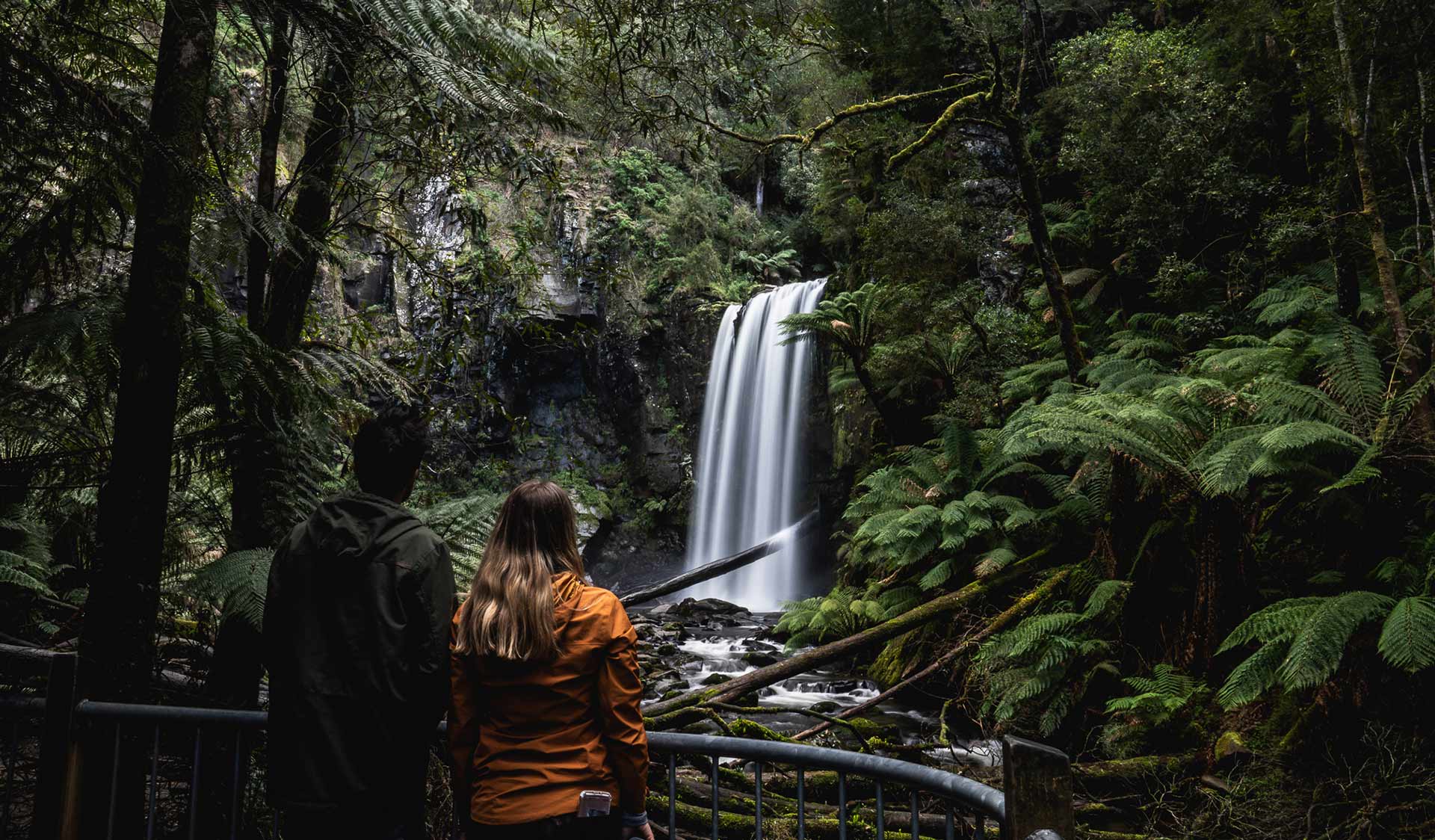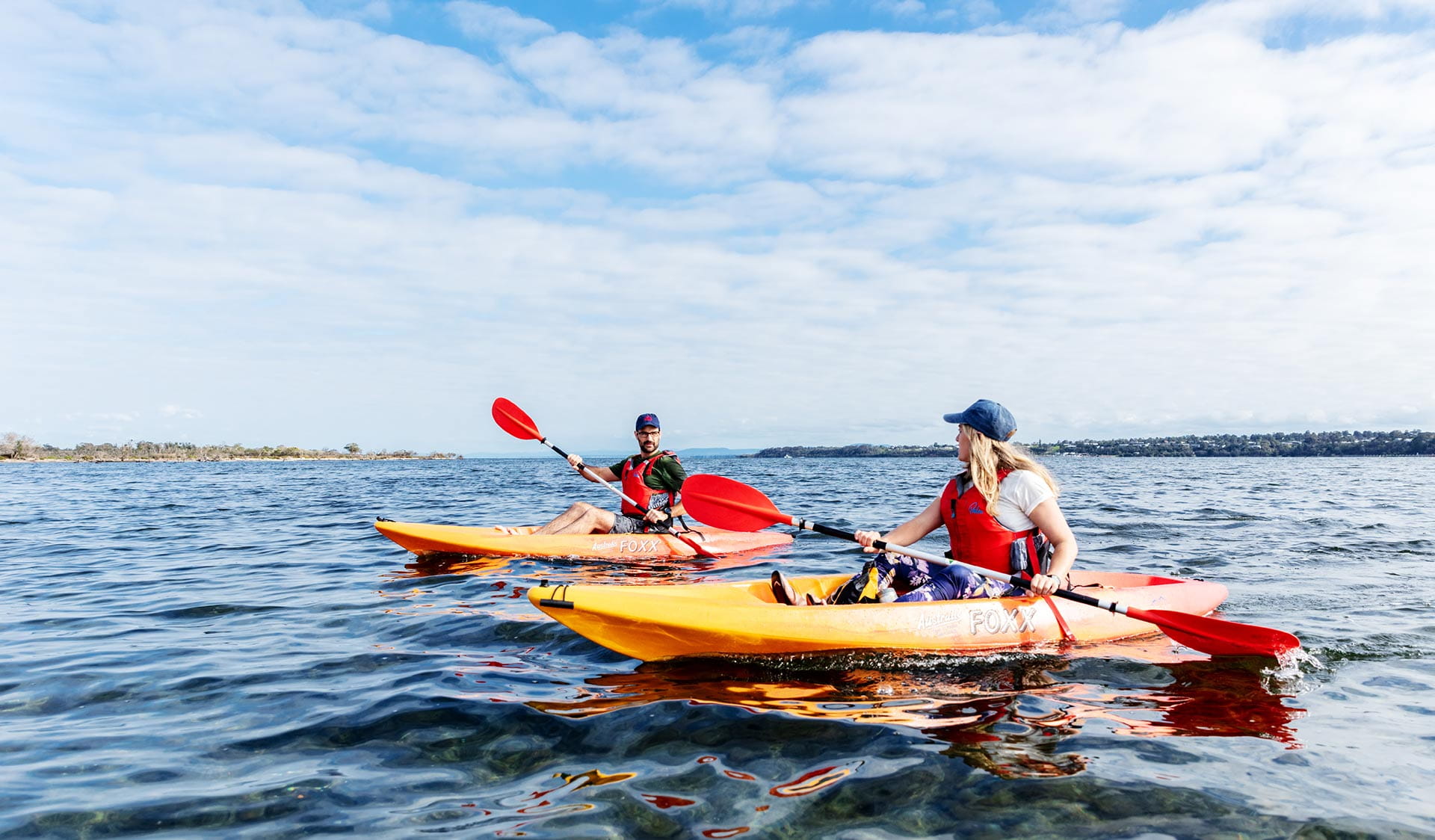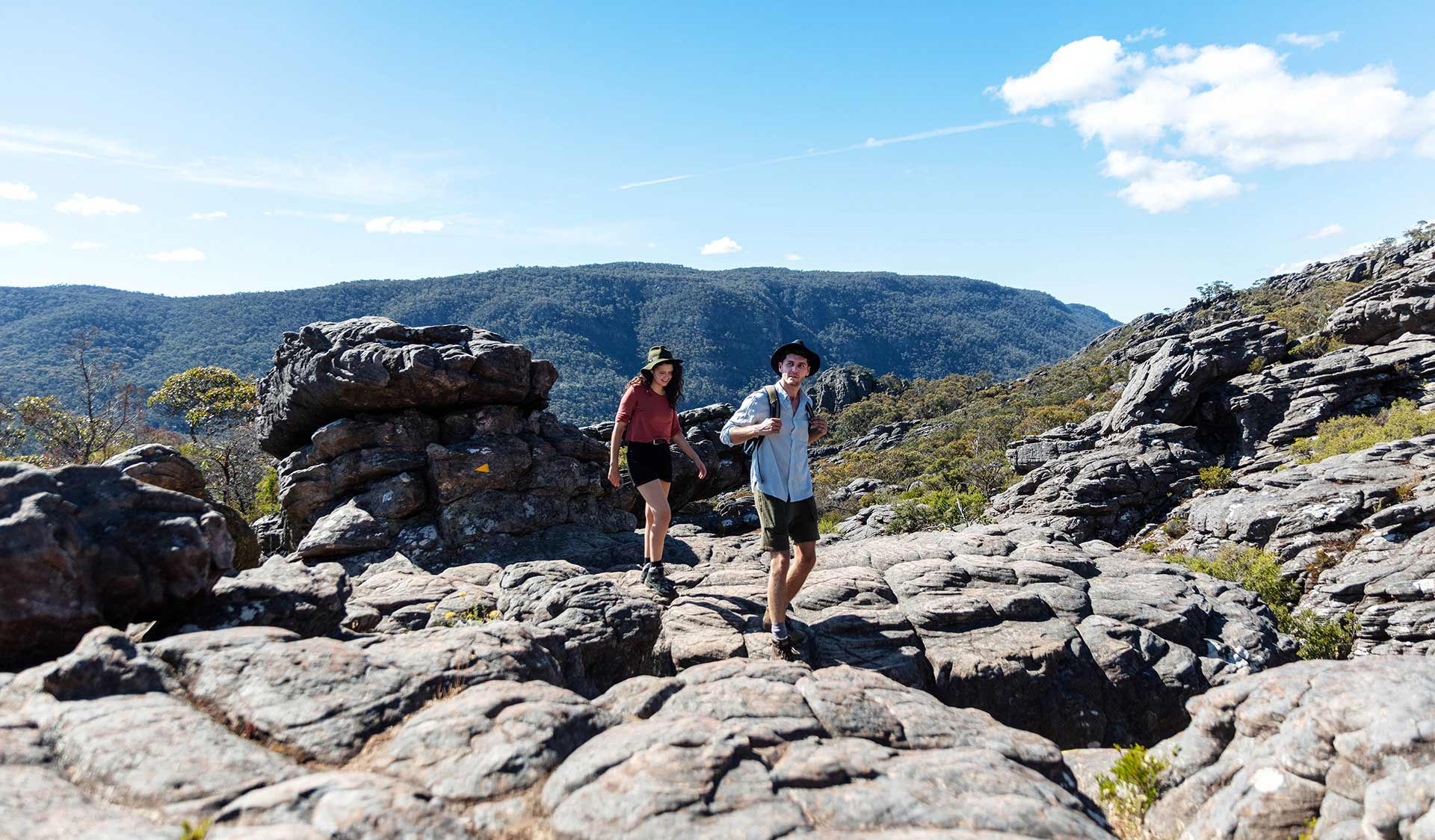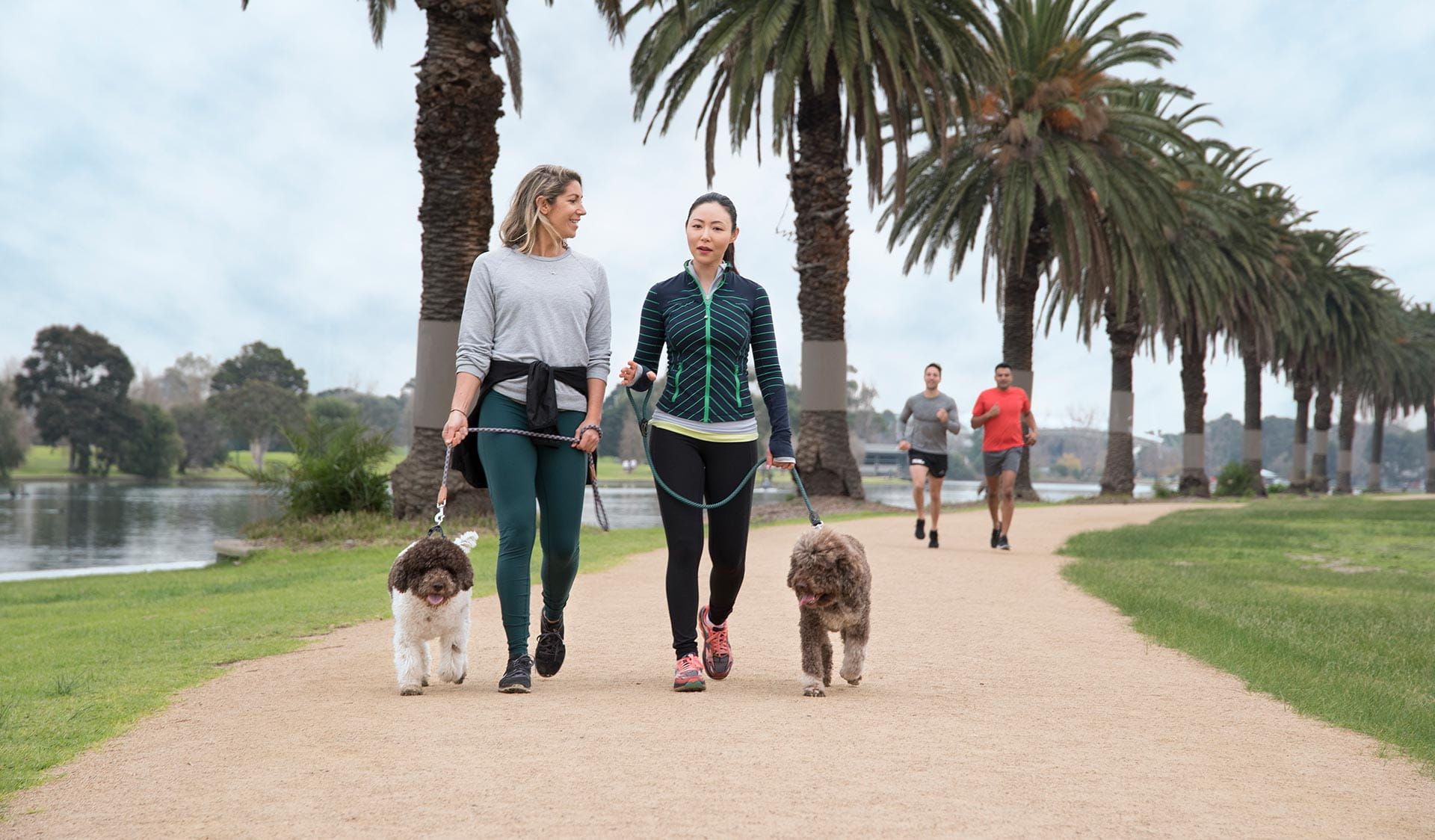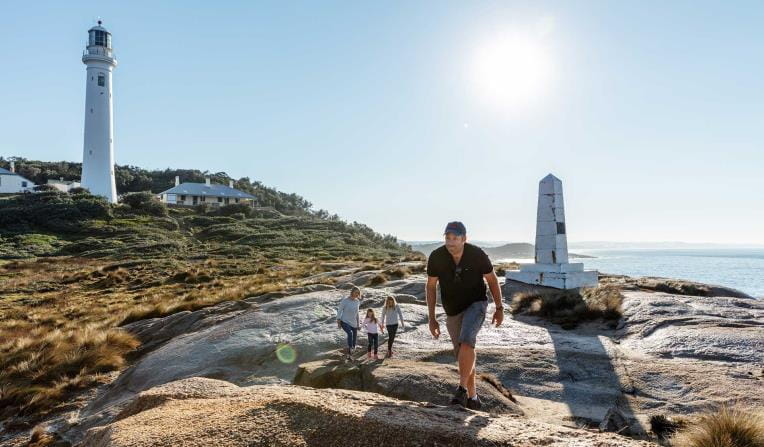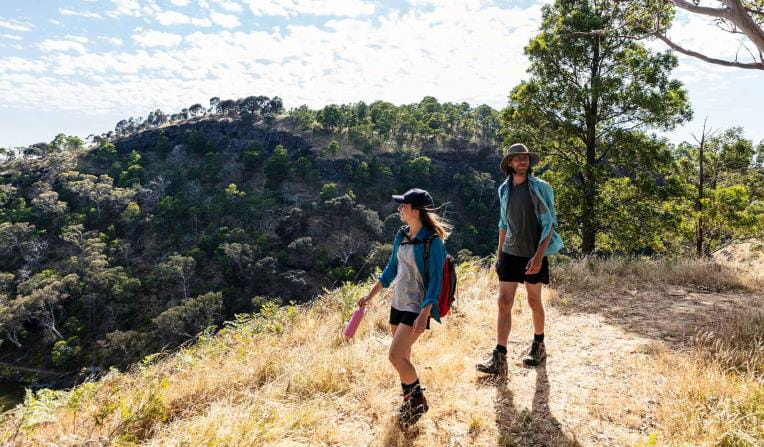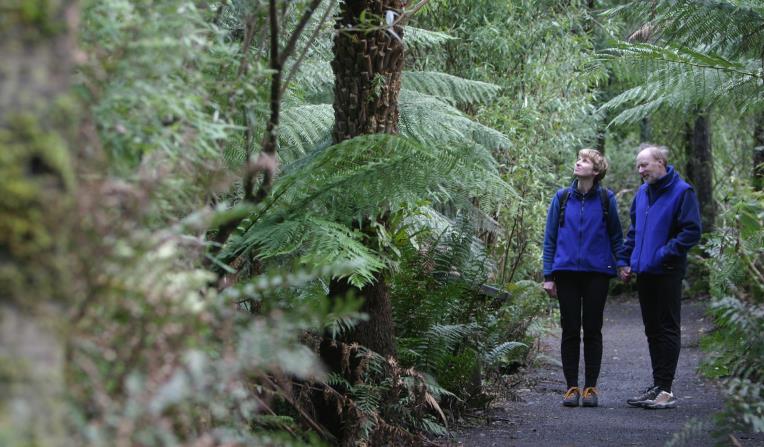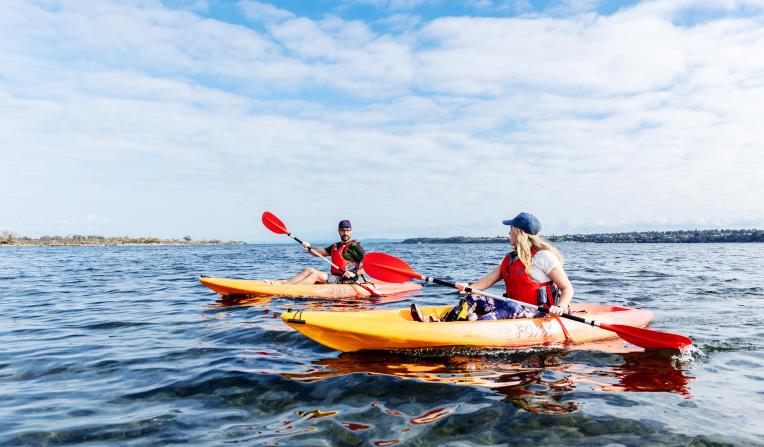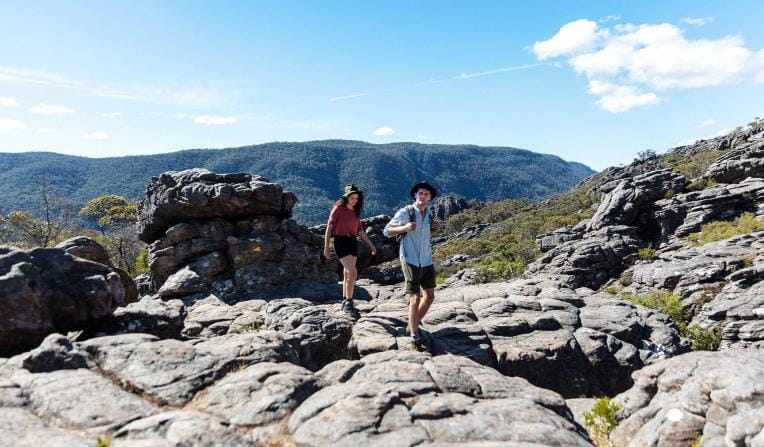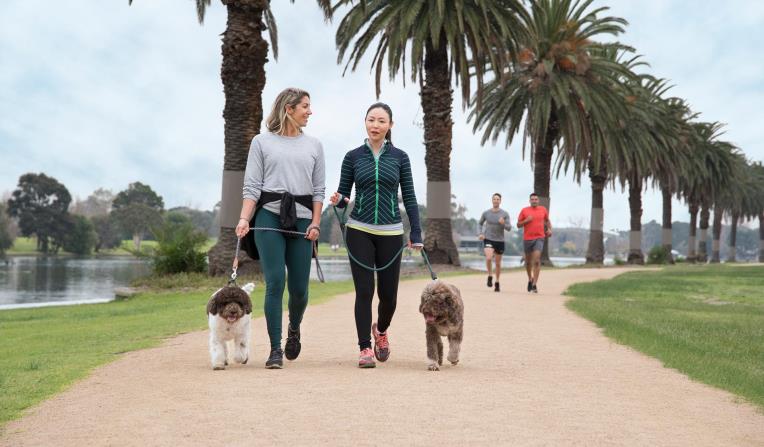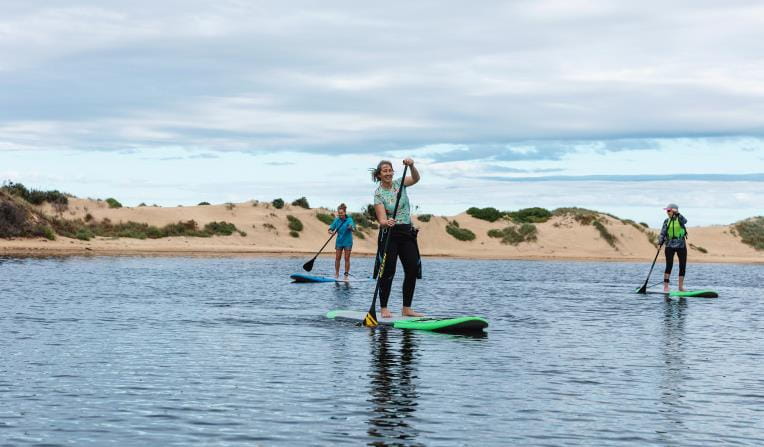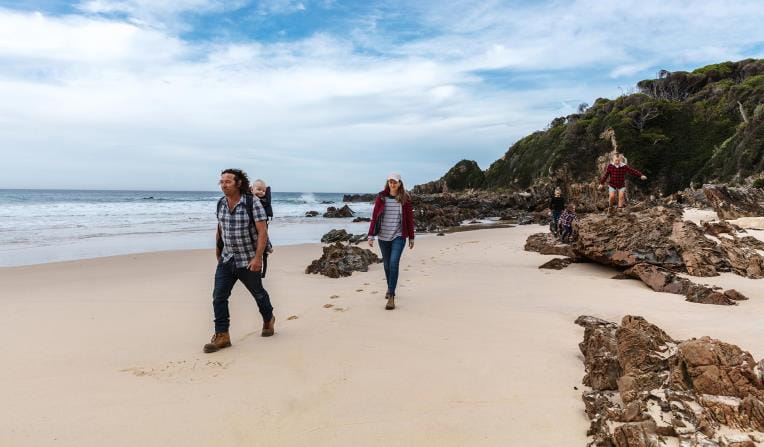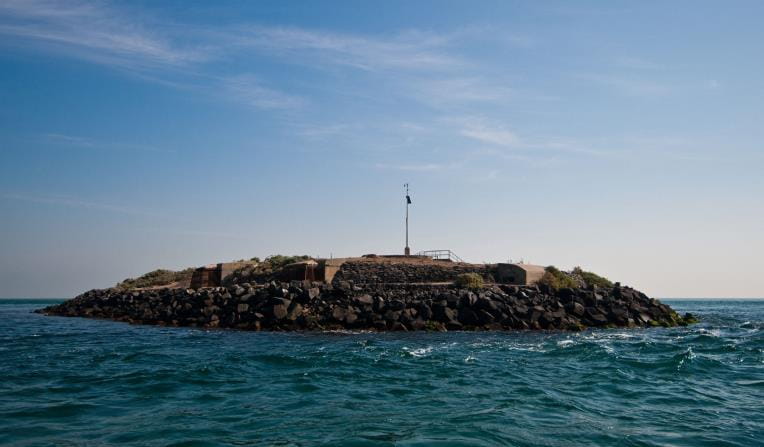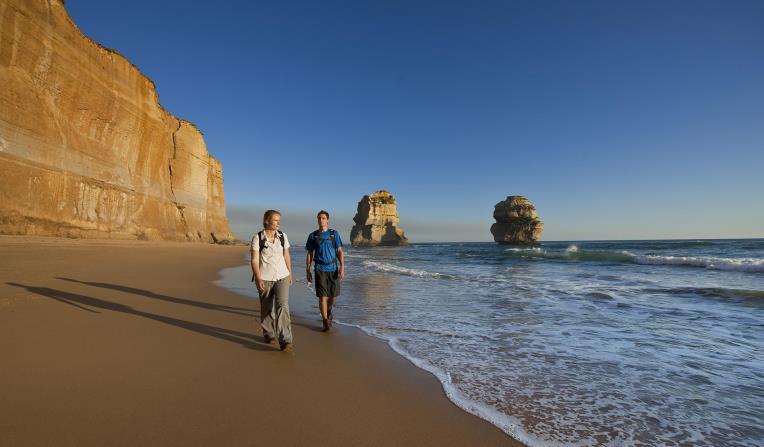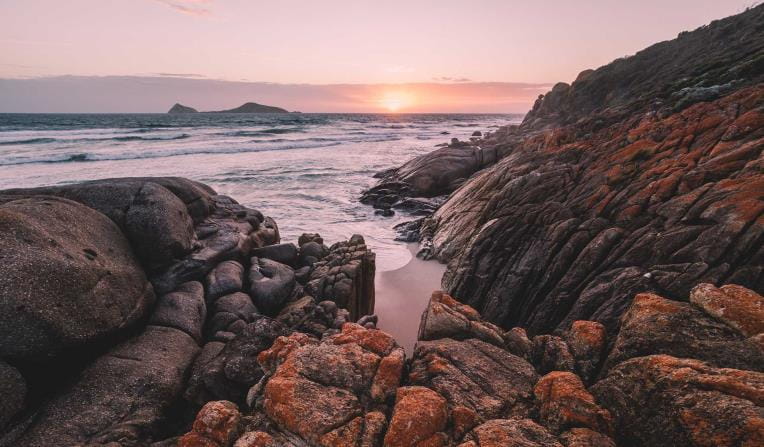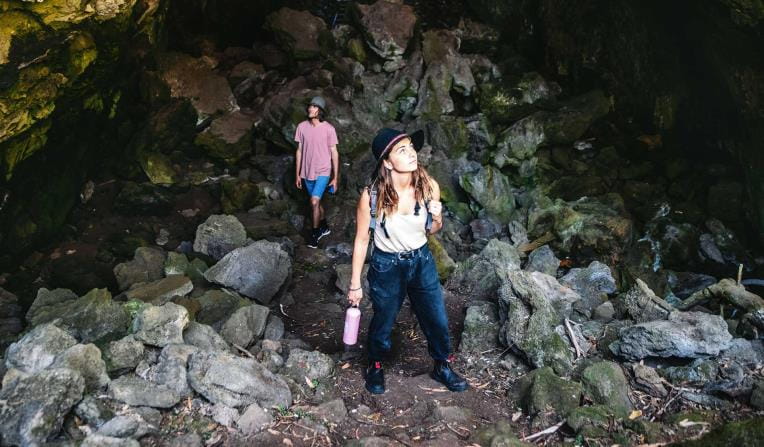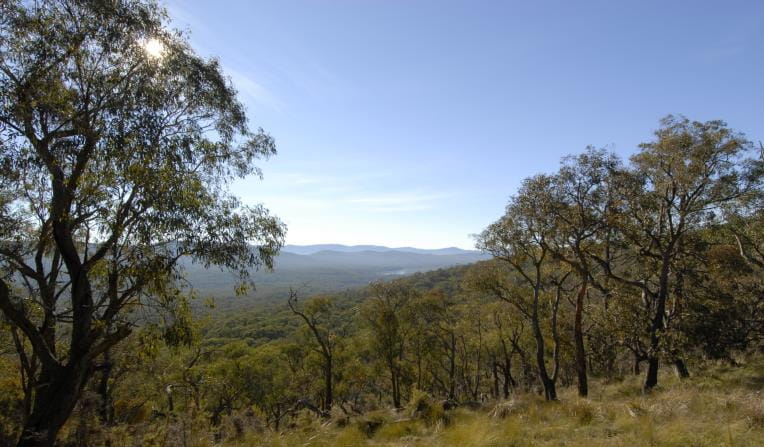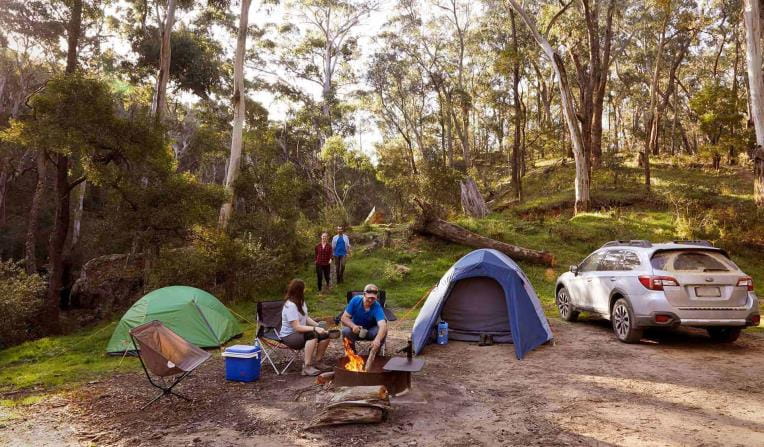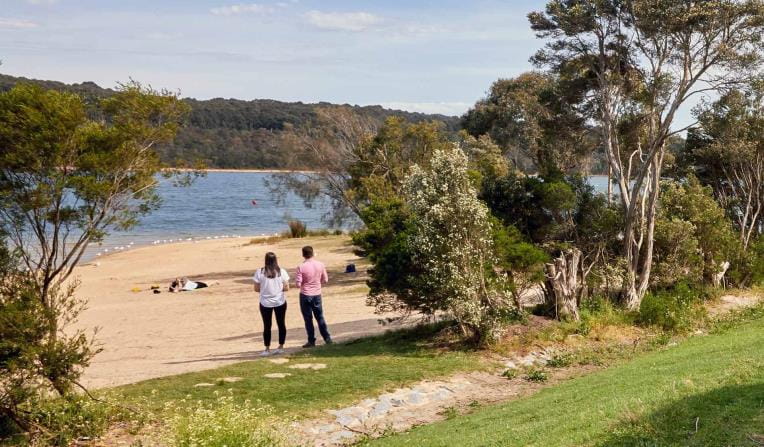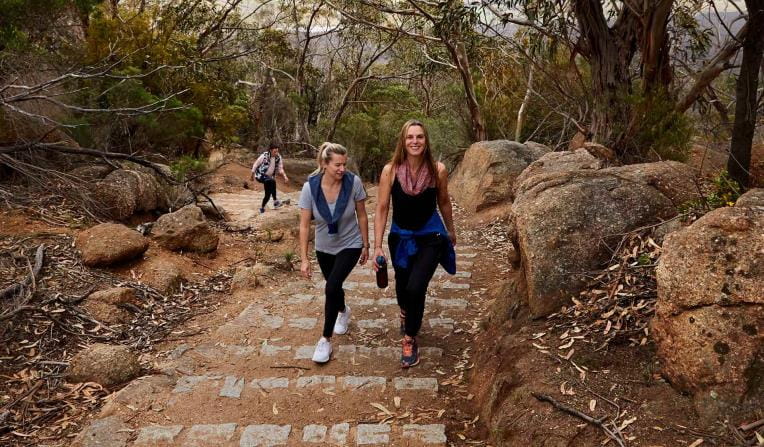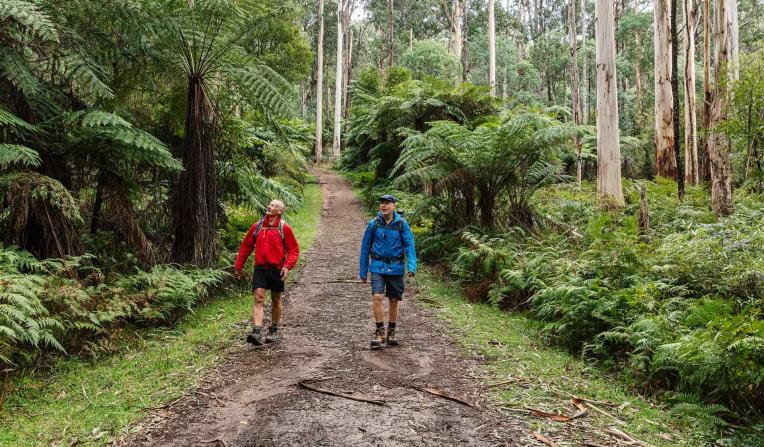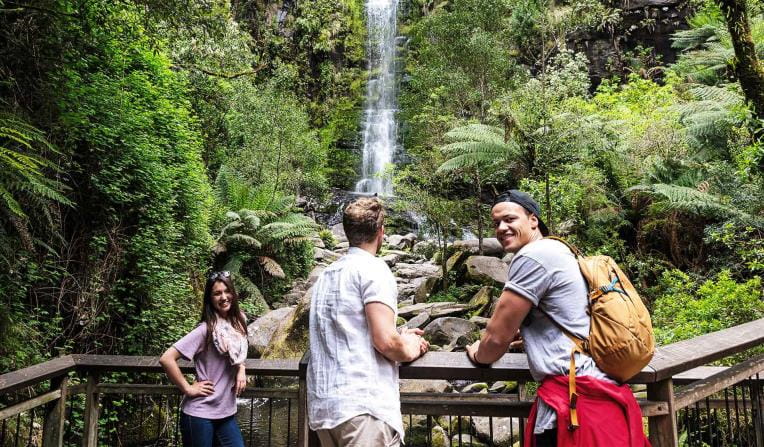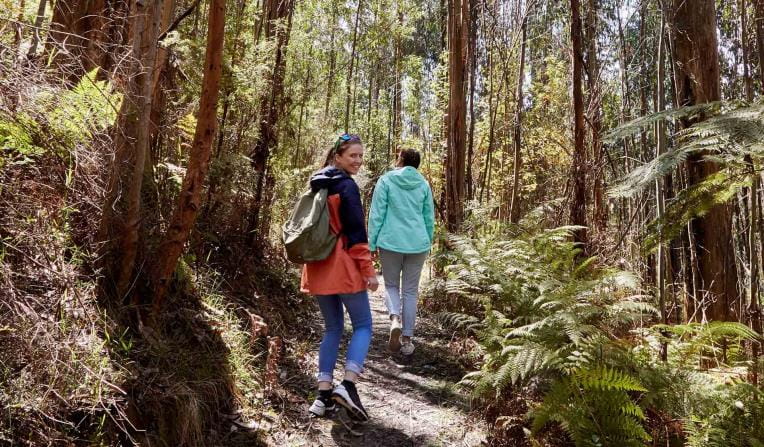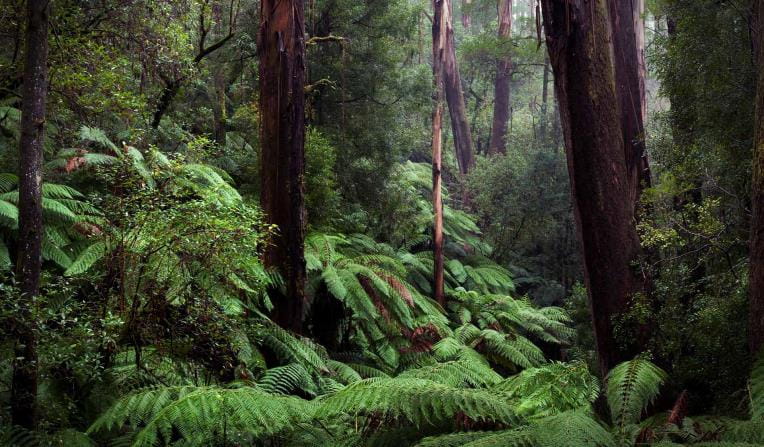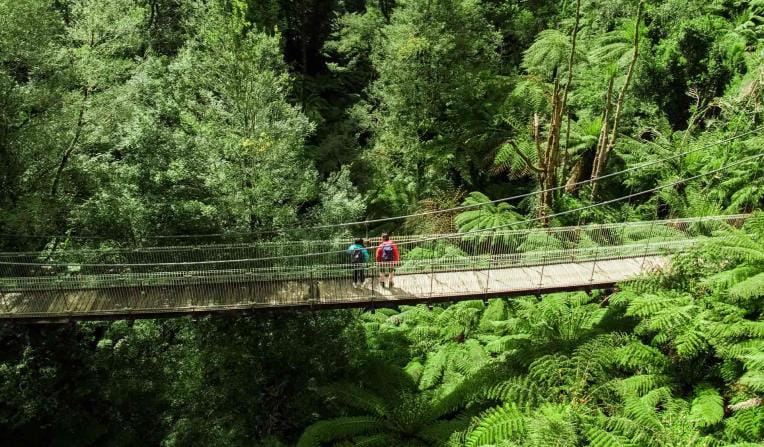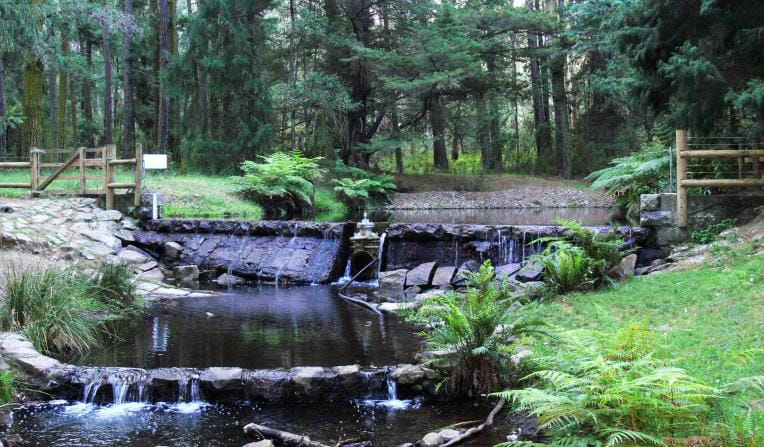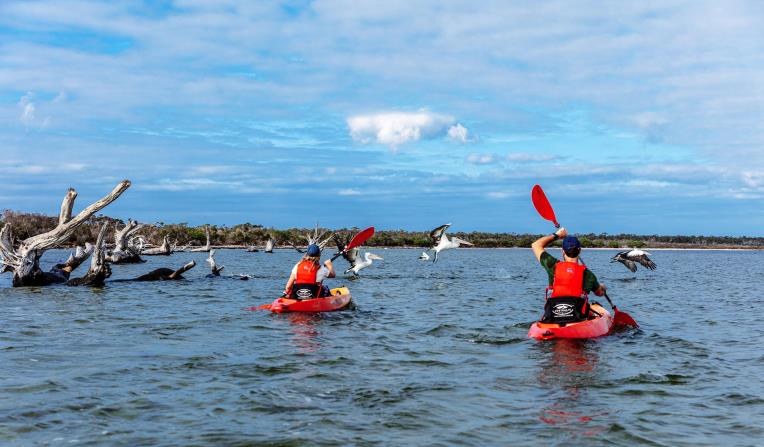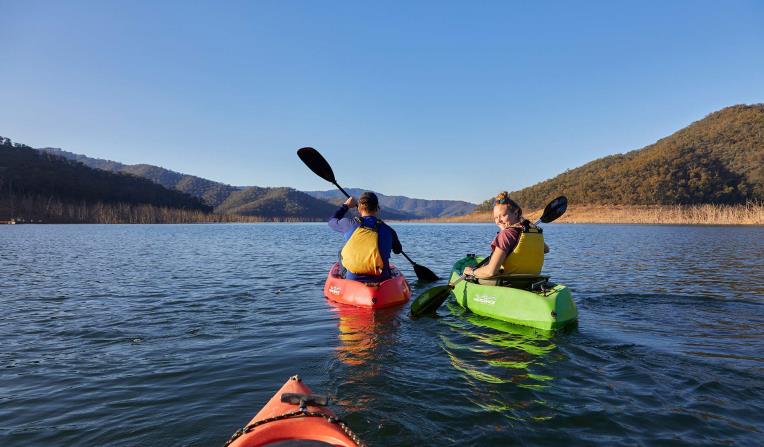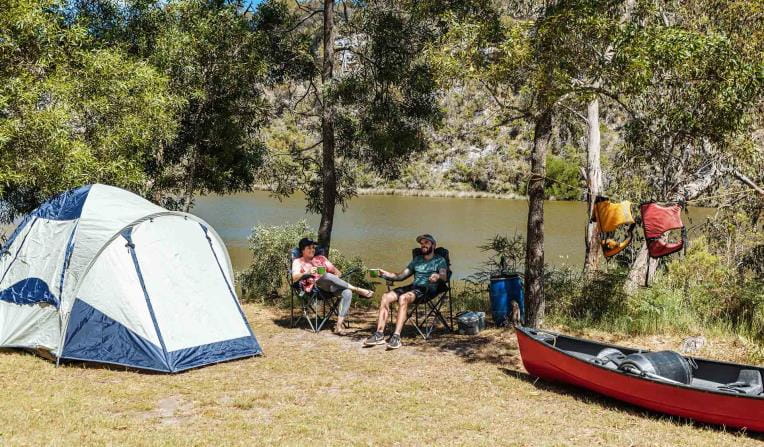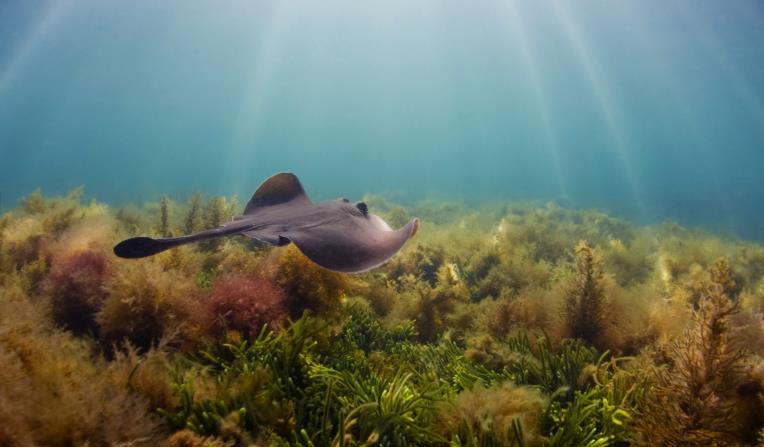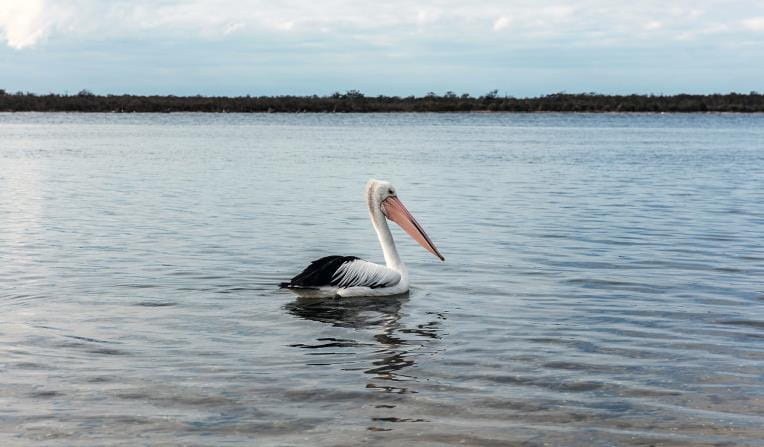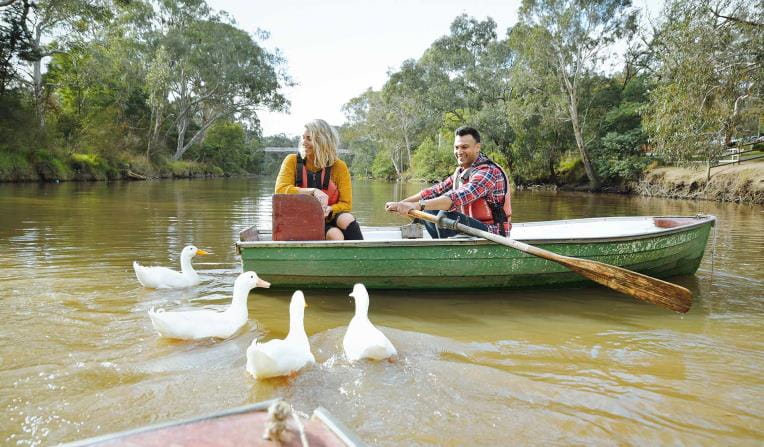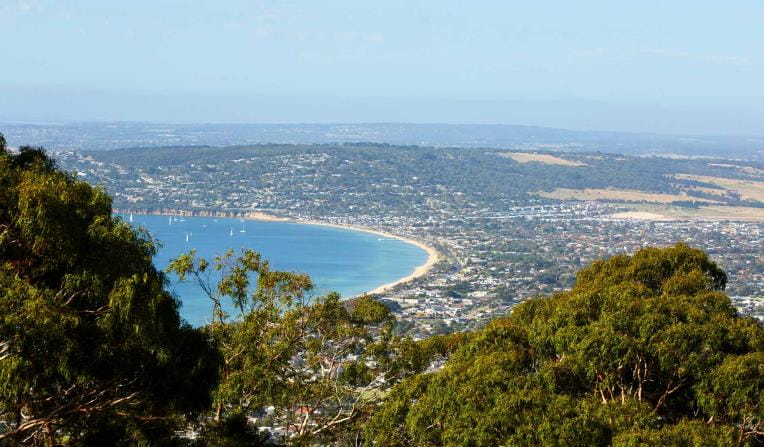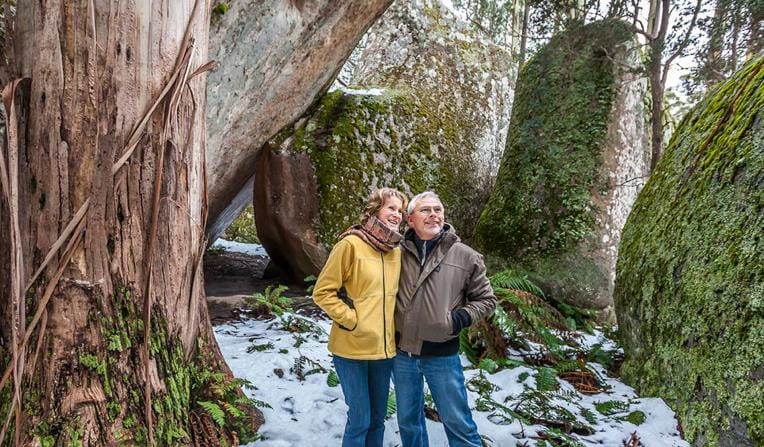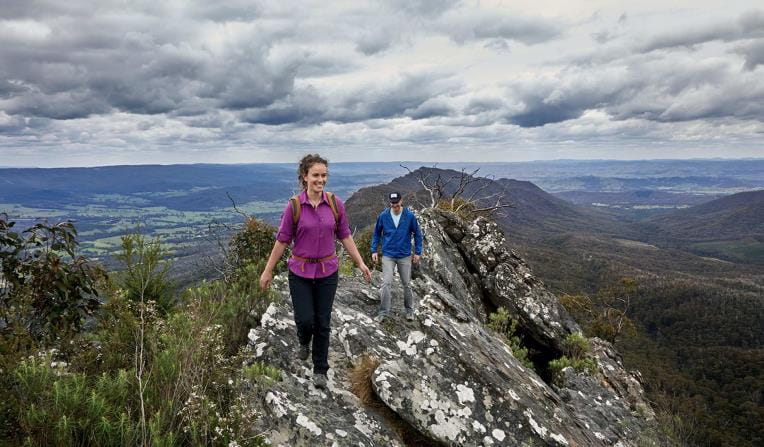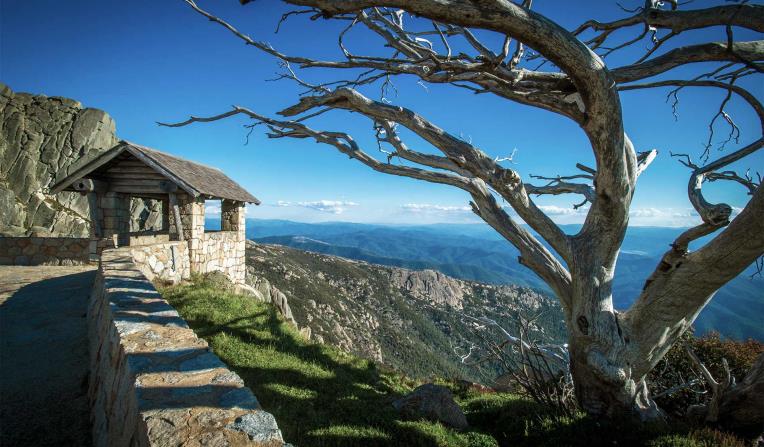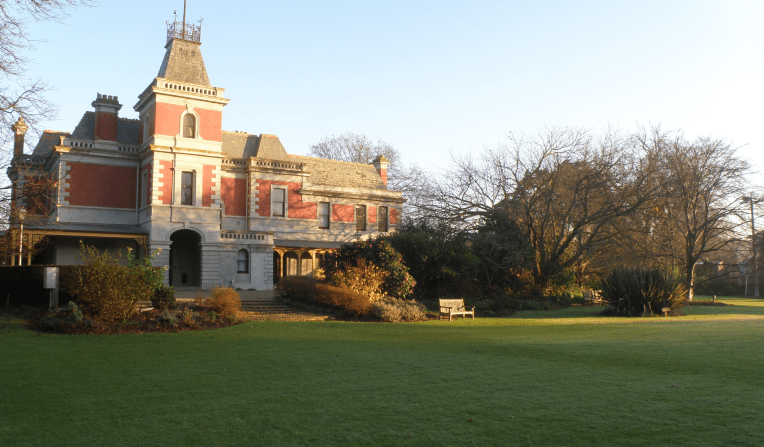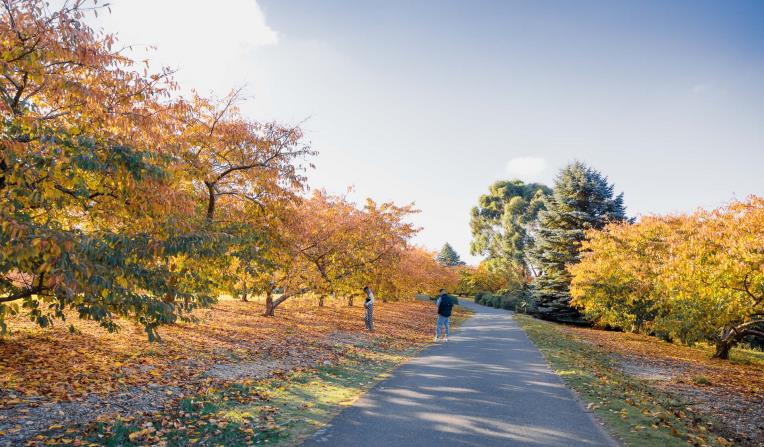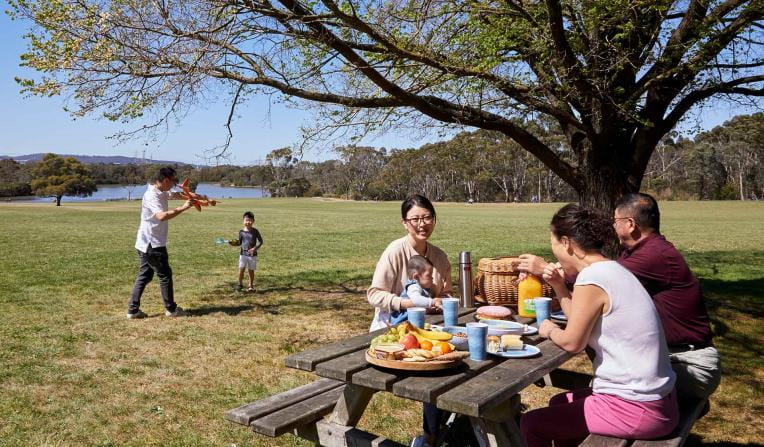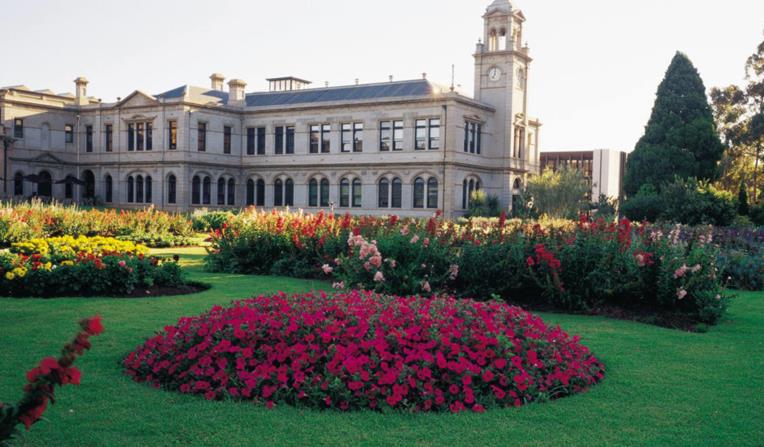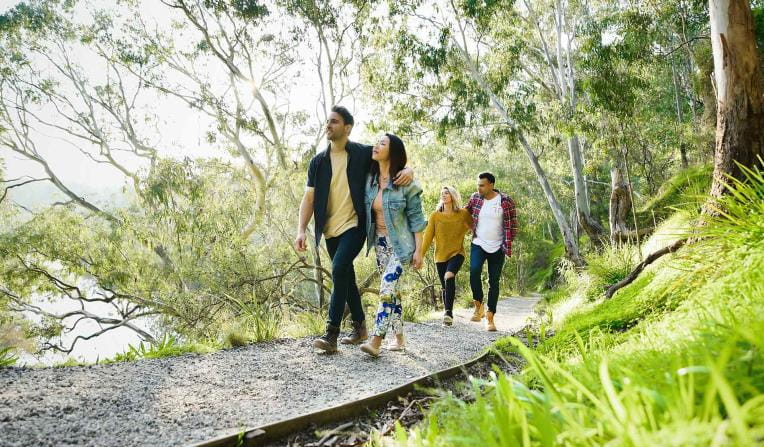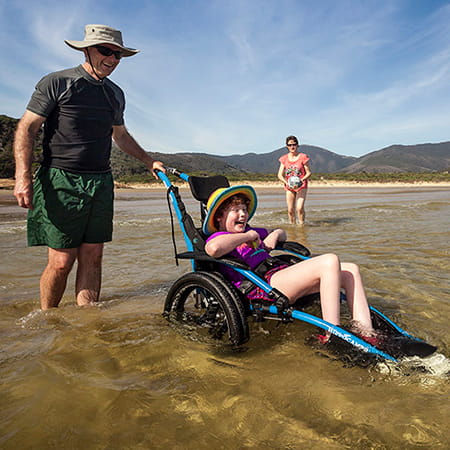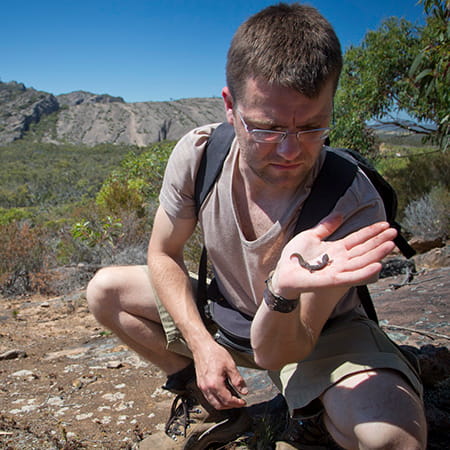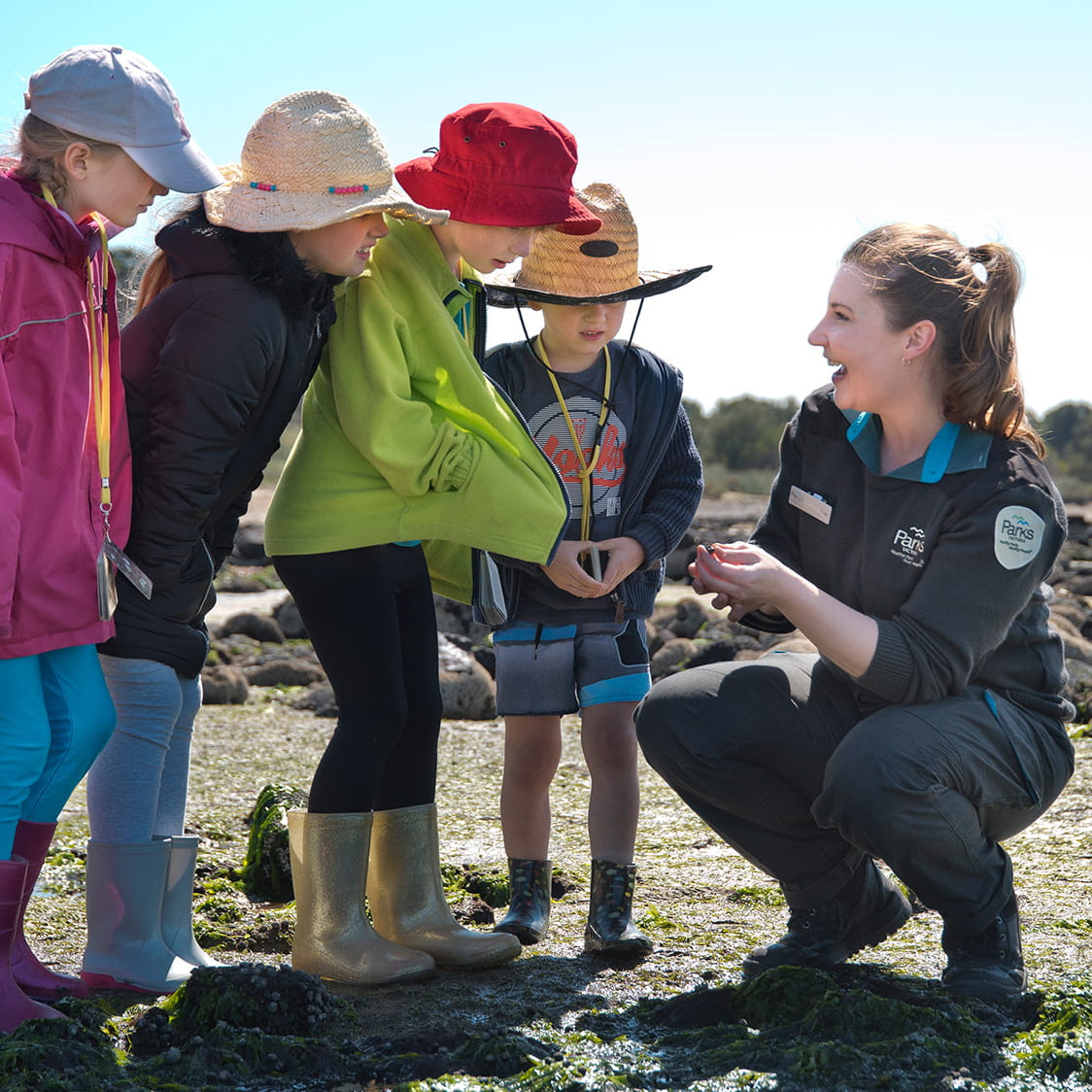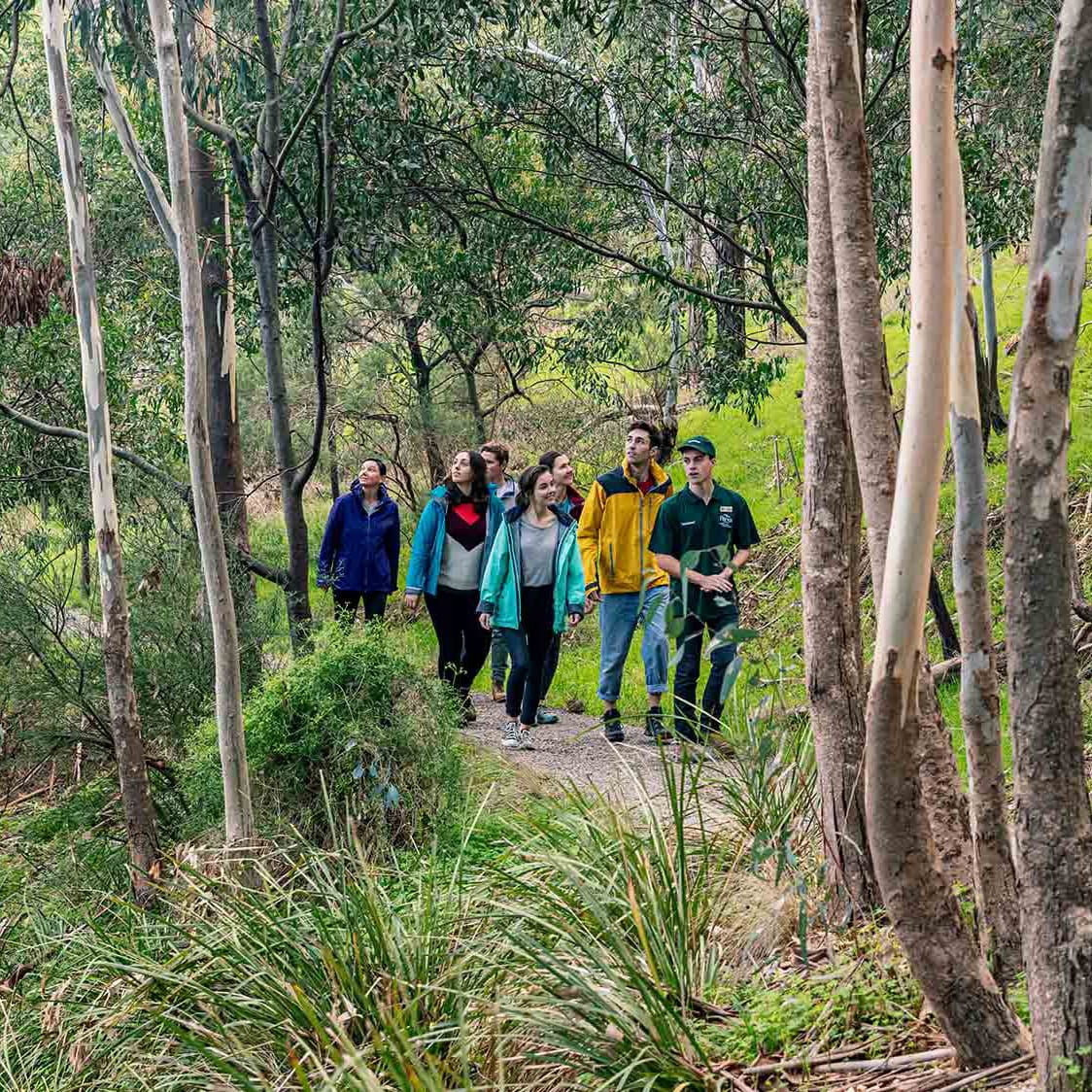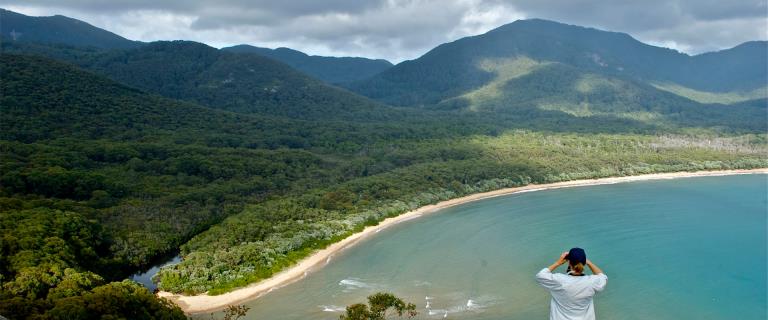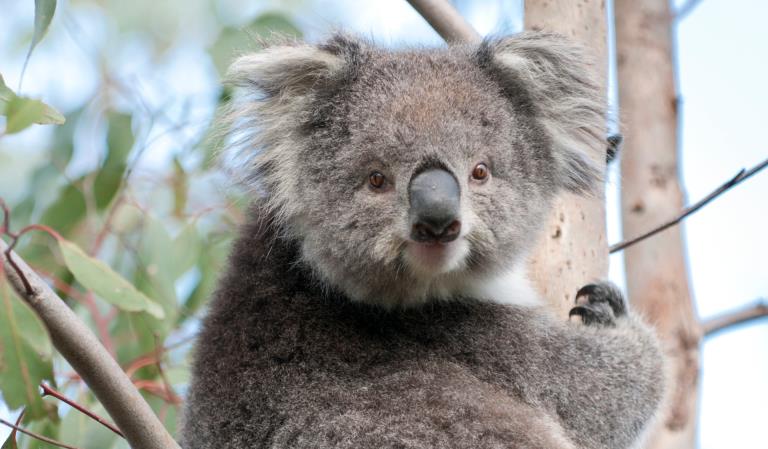Popular experiences
Beaches and Coasts
 Rugged Bushlands
Rugged Bushlands
 Tall Forests
Tall Forests
 Bays, Lakes and Rivers
Bays, Lakes and Rivers
 Mountain Peaks
Mountain Peaks
 Urban Parks
Urban Parks

 Rugged Bushlands
Rugged Bushlands
 Tall Forests
Tall Forests
 Bays, Lakes and Rivers
Bays, Lakes and Rivers
 Mountain Peaks
Mountain Peaks
 Urban Parks
Urban Parks

Beaches and Coasts
Venture out along Victoria's dramatic coastline and explore one of the most biodiverse and unique marine ecosystems in the world.Rugged Bushlands
Escape to virtual isolation in open, dry forests and woodlands, dry and semi-dry arid deserts or grassy plains abundant with wildflowers and wildlife.Tall Forests
Walk under grand canopies of Mountain Ash and through lush green tall forests. See ancient mossy trees and stand under magnificent waterfalls surrounded by giant ferns.Bays, Lakes and Rivers
Explore Victoria's parks from the water with a variety of inland river systems, ports made up of wide bays and stunning tranquil lakes.Mountain Peaks
Climb some of Australia’s most stunning mountain peaks, cross-country ski across alpine landscapes, escarpments and hike through grassy high plains.Urban Parks
Walk, jog, run or cycle in Melbourne’s picturesque urban parks. Pack a picnic or BBQ and lunch alfresco in nature or meander through picturesque gardens.Get into nature
News
Sealers Cove walking track rebuild starts
Construction is underway on the major rebuild of the Sealers Cove walking track at Wilsons Promontory National Park, restoring one of the Prom’s most iconic and best-loved hikes.
Release into grasslands offers hope for critically endangered Plains-wanderers
Seven captive-bred Plains-wanderers have been released into Victorian grasslands, offering hope for one of Australia’s most endangered native birds.
Health assessments underway for French Island koalas
Veterinary assessments of French Island’s koalas are underway as part of DEECA and Parks Victoria’s long-term management of koala welfare throughout Victoria.


